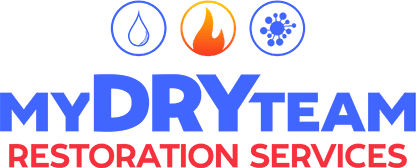Mold Remediation / Removal
24/7 Mold Remediation Services – Safeguarding Your Home and Health
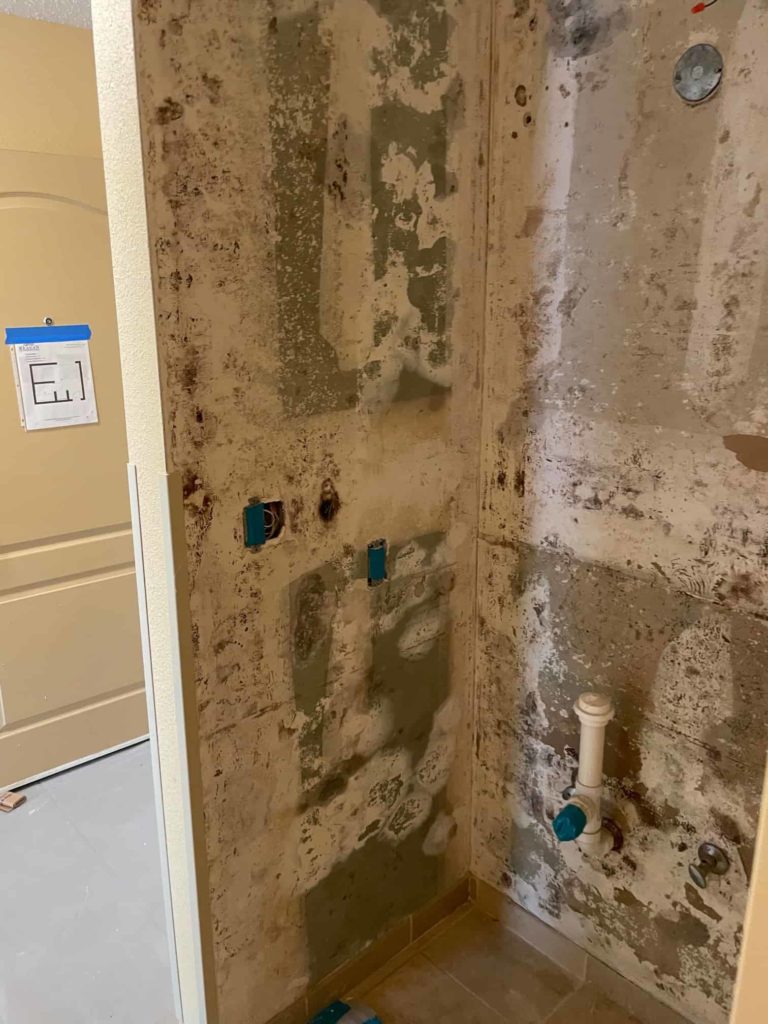
24/7 Mold Remediation Services – Safeguarding Your Home and Health
Mold can spread through walls, ceilings, and HVAC systems without immediate detection, causing damage and health concerns. In Southeast Michigan, changing humidity levels, basement moisture, and water leaks create an ideal setting for mold to grow. If left unaddressed, mold can affect indoor air quality, trigger allergies, and contribute to respiratory issues, particularly for children, older adults, and individuals with weakened immune systems.
Our experienced mold remediation team specializes in identifying, containing, and removing mold at its source. Using advanced containment methods, HEPA filtration, and industry-approved antimicrobial treatments, we eliminate mold while addressing the root cause to prevent future growth.
Musty odors, visible mold, or unexplained health symptoms should never be ignored. Our IICRC-certified professionals are available 24/7 to inspect affected areas, develop a customized remediation plan, and restore a safe indoor environment. Call (248) 877-8982 today for expert mold removal services in Southeast Michigan.
Mold Inspection vs. Mold Testing: Understanding the Difference
Mold can spread without obvious signs, damaging your home and affecting indoor air quality. For homeowners in Southeast Michigan, knowing when to schedule a mold inspection or mold testing can help protect both property and health.
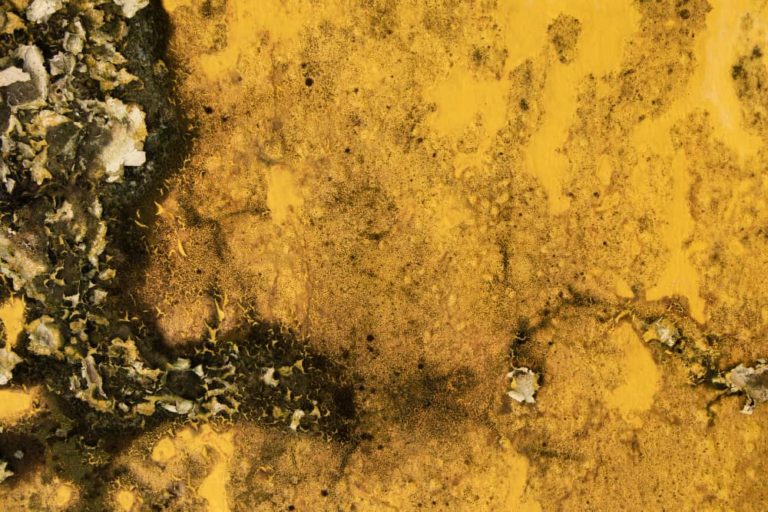
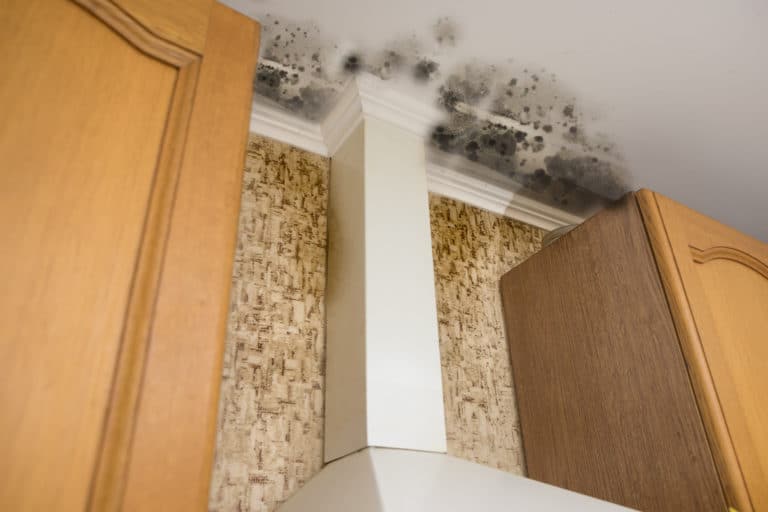
Mold Inspection: Finding the Source and Extent of the Problem
Mold Testing: Measuring Airborne Spores and Contamination Levels
Choosing the Right Service
If mold is clearly visible, an inspection is typically enough to develop a removal plan. When the source is unclear or health symptoms persist, mold testing can provide additional insights into hidden contamination. Taking action quickly can help prevent further damage and reduce health risks.
Southeast Michigan’s humid summers and fluctuating weather conditions contribute to mold growth. If you suspect an issue in your home, don’t wait. Contact us for expert mold inspection and testing services to help protect your property and well-being. Call (248) 877-8982 for assistance.
Mold Testing Procedure – Safe & Compliant Assessments in Michigan
Step 1
Initial Inspection & Moisture Evaluation
A certified inspector assesses mold growth, water intrusion, and moisture-prone areas using infrared imaging, moisture meters, and hygrometers.
Step 2
Air and Surface Sampling
Step 3
Laboratory Testing & Analysis
Step 4
Reporting & Compliance
Step 5
Post-Remediation Testing
When You Should Conduct Mold Testing
- After water damage such as flooding, leaks, or burst pipes
- Persistent musty odors without visible mold
- Visible mold growth on walls, ceilings, or surfaces
- Health symptoms like allergies, respiratory issues, or skin irritation
- Buying or selling a property to check for hidden mold issues
- Post-mold remediation to verify complete removal
- High humidity or condensation problems indoors
- Recent construction or renovations with potential moisture exposure
Testing for mold should be conducted by professionals who have specific experience in designing mold sampling protocols, sampling methods and interpreting results.
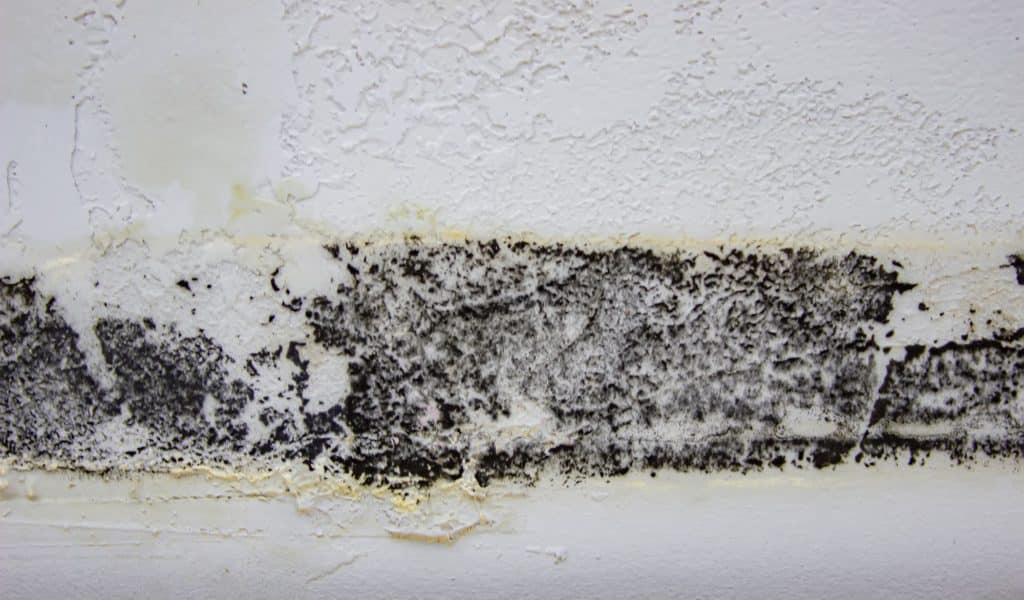
Mold Remediation and Removal Processes – Safe, Effective, and Compliant
Mold contamination can pose health risks and lead to structural damage if not properly addressed. Our mold remediation process follows industry best practices and meets regulatory standards established by the Environmental Protection Agency (EPA), the Institute of Inspection, Cleaning and Restoration Certification (IICRC), and the Occupational Safety and Health Administration (OSHA) to support safe and effective removal.
Inspection and Evaluation
Our certified mold specialists conduct thorough inspections using moisture detection and air quality testing to identify the source and extent of contamination. We spot visible mold and assess hidden moisture-prone areas. Based on our findings, we create a remediation plan aligned with industry standards.
Containment and Air Filtration
We set up polyethylene containment barriers and used HEPA filtration systems to create negative air pressure, isolating affected areas. Our high-efficiency air scrubbers then remove airborne contaminants, enhancing indoor air quality.
Mold Removal and Disposal
In line with IICRC guidelines, our team uses specialized techniques like HEPA vacuuming and antimicrobial treatments to eliminate mold. Contaminated materials are safely removed and disposed of according to EPA and OSHA regulations, ensuring compliant remediation.
Drying and Moisture Control
We use industrial-grade dehumidifiers and targeted drying techniques to eliminate excess moisture, address leaks, improve ventilation, and apply moisture-resistant treatments. These steps help maintain indoor air quality and protect structural integrity.
Final Inspection and Prevention Strategies
After remediation, we perform post-remediation verification (PRV) testing to ensure mold removal. We provide documentation for insurance and offer long-term prevention tips, including humidity control, improved ventilation, and ongoing monitoring practices.
For expert mold remediation services that meet industry and regulatory standards, contact us today at (248) 877-8982.
Frequently Asked Questions (FAQs)
How can I tell if I need professional mold remediation instead of handling it myself?
If mold covers an area larger than 10 square feet, has spread into walls or HVAC systems, or results from water damage, professional remediation is recommended. DIY methods often fail to eliminate mold completely, leading to regrowth and potential health concerns.
Can mold exposure affect my health, and what symptoms should I watch for?
Yes, mold exposure can lead to respiratory issues, allergies, and skin irritation, and it may worsen conditions such as asthma. Symptoms can include coughing, sneezing, eye irritation, throat discomfort, and, in severe cases, persistent fatigue or breathing difficulties.
How long does mold remediation take, and will I need to leave my home?
The time required varies based on the severity of the mold issue. Minor situations could be resolved in one or two days, while more extensive infestations might take a week or more. If there is toxic mold present or significant structural damage has occurred, it may be necessary to relocate temporarily.
Will my homeowner’s insurance cover mold removal and related repairs?
The extent of coverage is influenced by the reason behind the mold. If it arises from an unexpected water event that your policy includes, like a ruptured pipe, your insurance might cover the expenses. However, mold resulting from prolonged moisture issues or insufficient maintenance is typically not insured. It’s advisable to examine your policy and discuss it with your provider.
How can I prevent mold from returning after remediation?
Controlling moisture and humidity levels is essential. Use dehumidifiers, fix leaks promptly, maintain proper drainage around your home, and clean HVAC systems regularly to reduce the likelihood of mold growth.
Is mold more common in Southeast Michigan due to humidity and seasonal weather changes?
Yes, the region’s humid summers and fluctuating temperatures create favorable conditions for mold growth. Issues such as ice damming, basement flooding, and poor ventilation in older homes contribute to increased mold risks. Routine inspections and moisture control strategies can help manage the problem.
Why Choose My Dry Team Restoration for Mold Remediation?
- IICRC-Certified Experts – Our team follows the industry’s highest standards for mold removal and remediation.
- Advanced Equipment – We use state-of-the-art moisture detection, HEPA filtration, and antimicrobial treatments for effective mold elimination.
- Fast & Reliable Service – Available 24/7 for emergency mold removal, ensuring rapid response to protect your property.
- Full-Service Restoration – From initial mold assessment to structural repairs and prevention, we handle the entire process.
- Insurance Claim Assistance – We work directly with your insurance provider to streamline claims and minimize stress.
